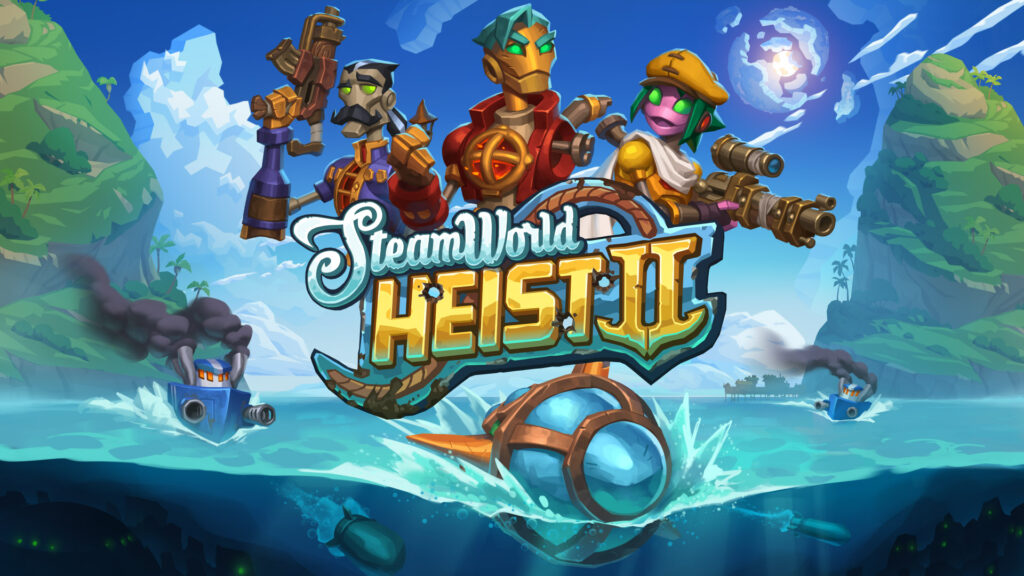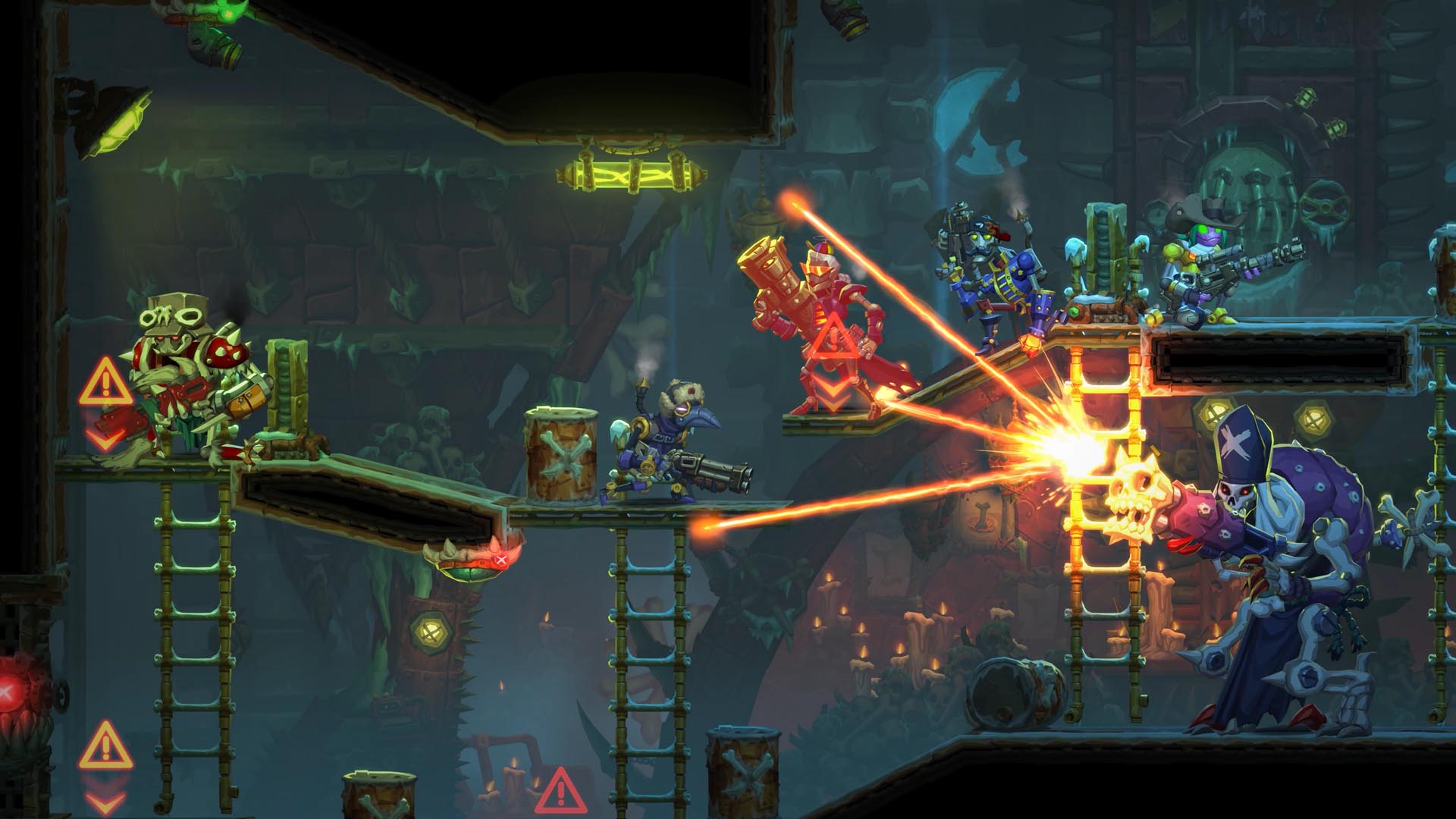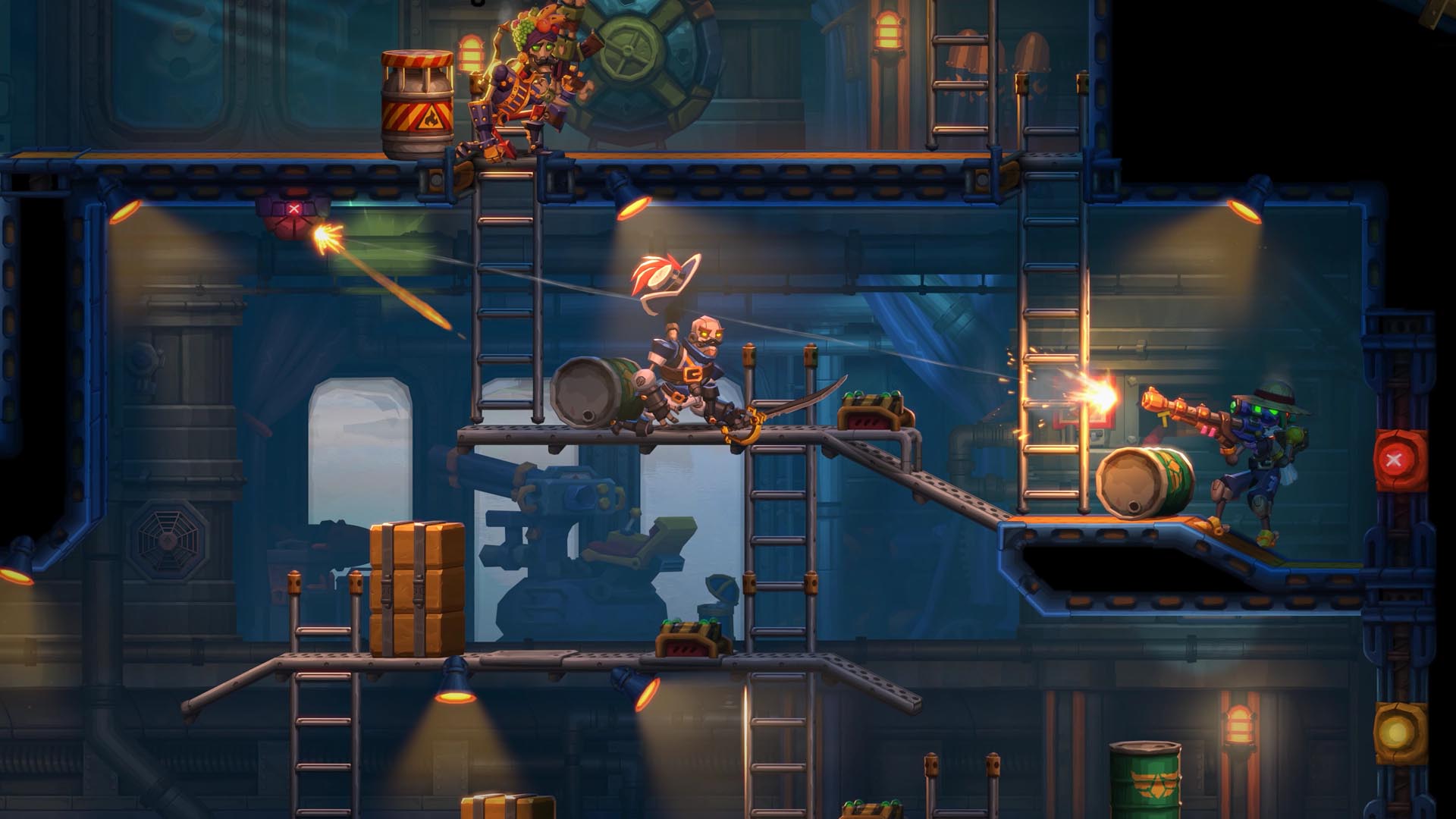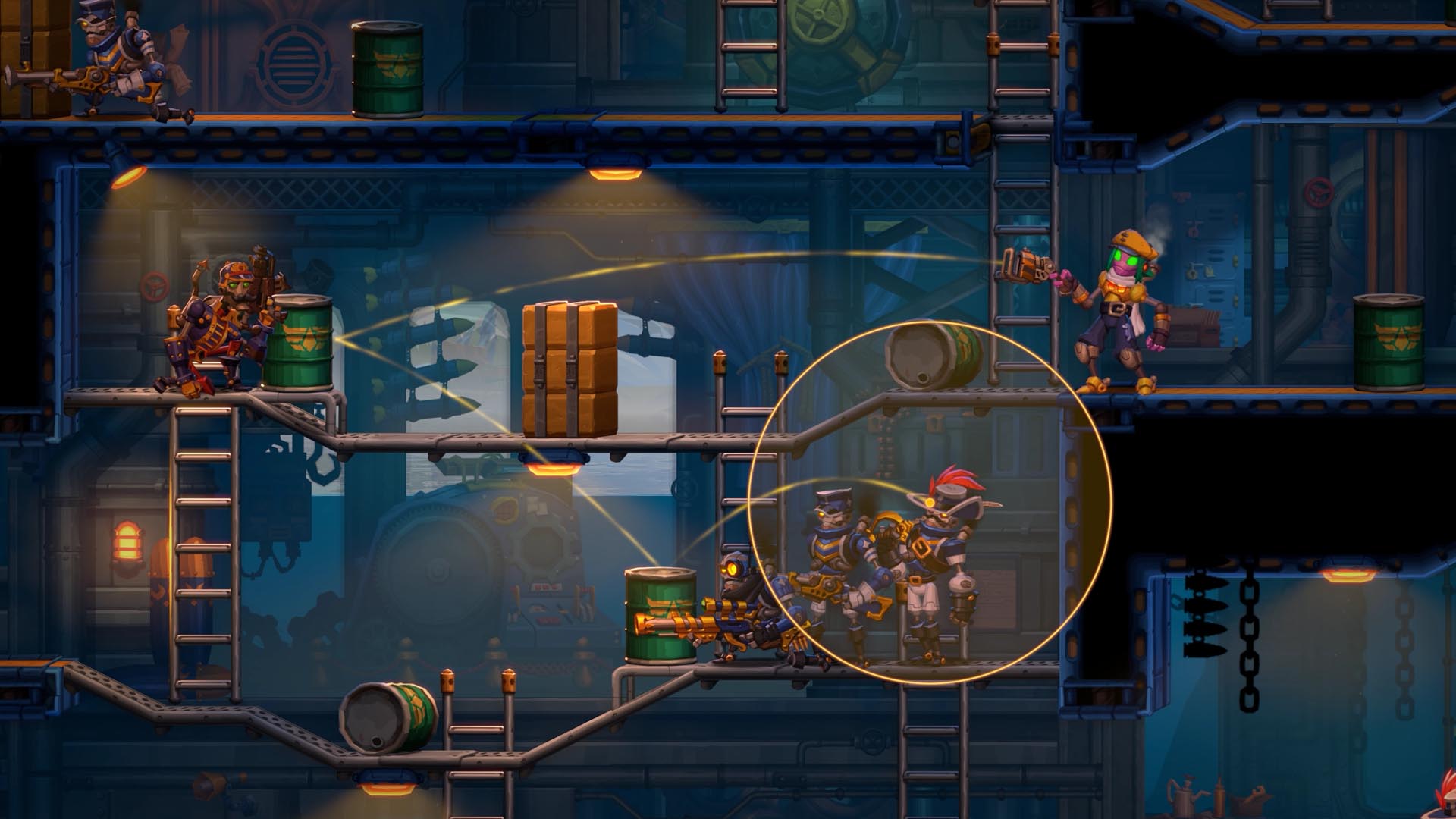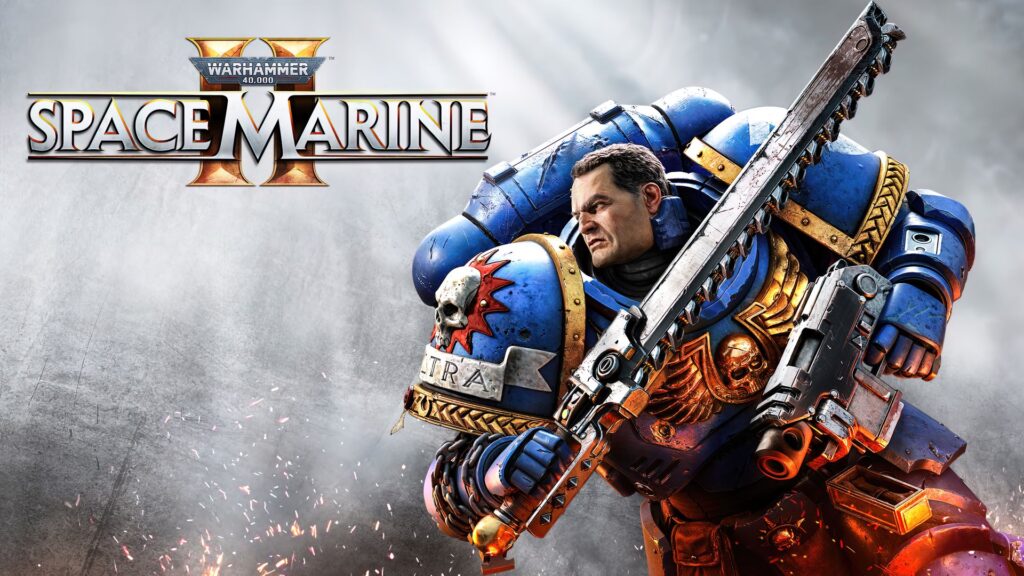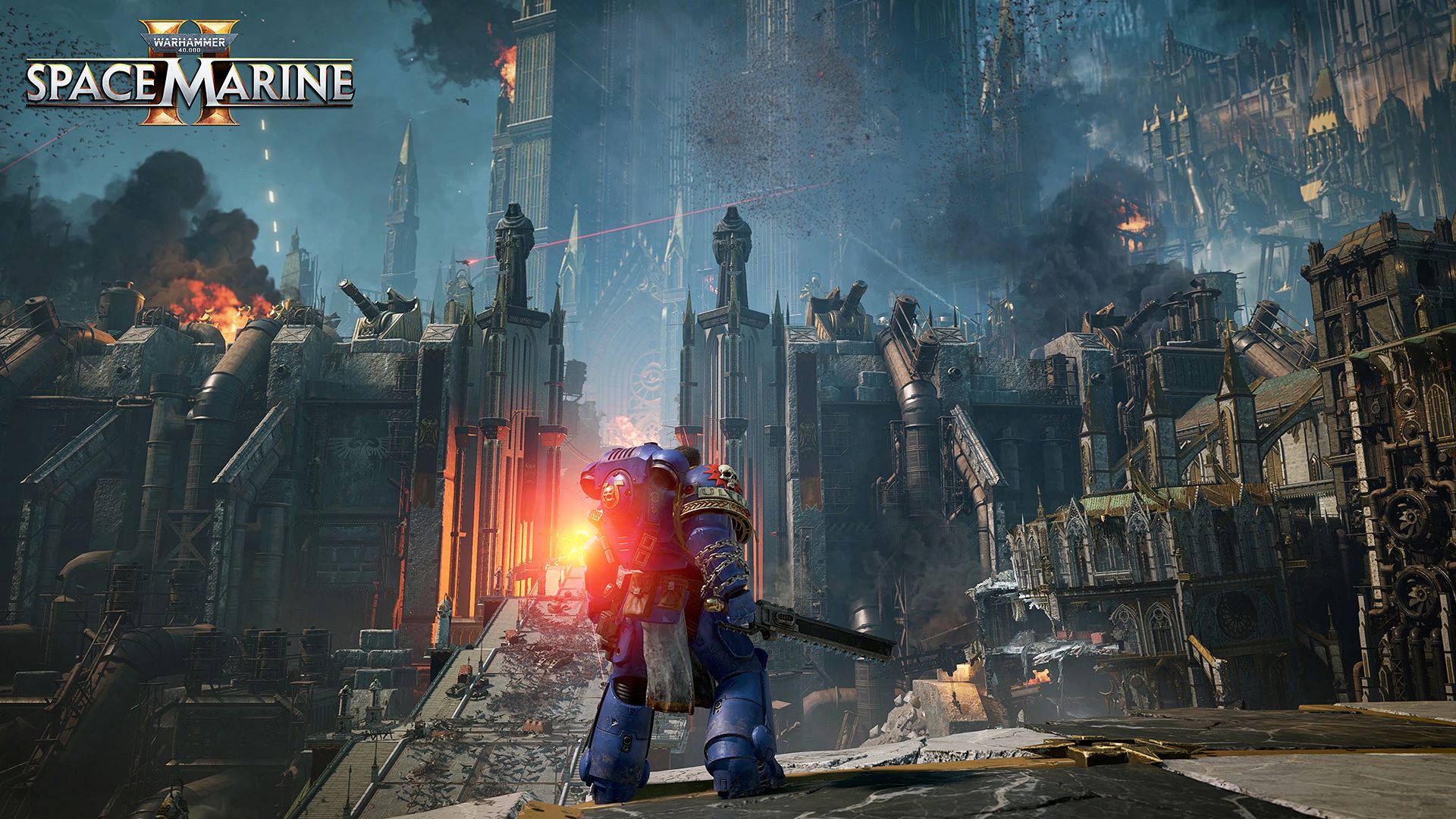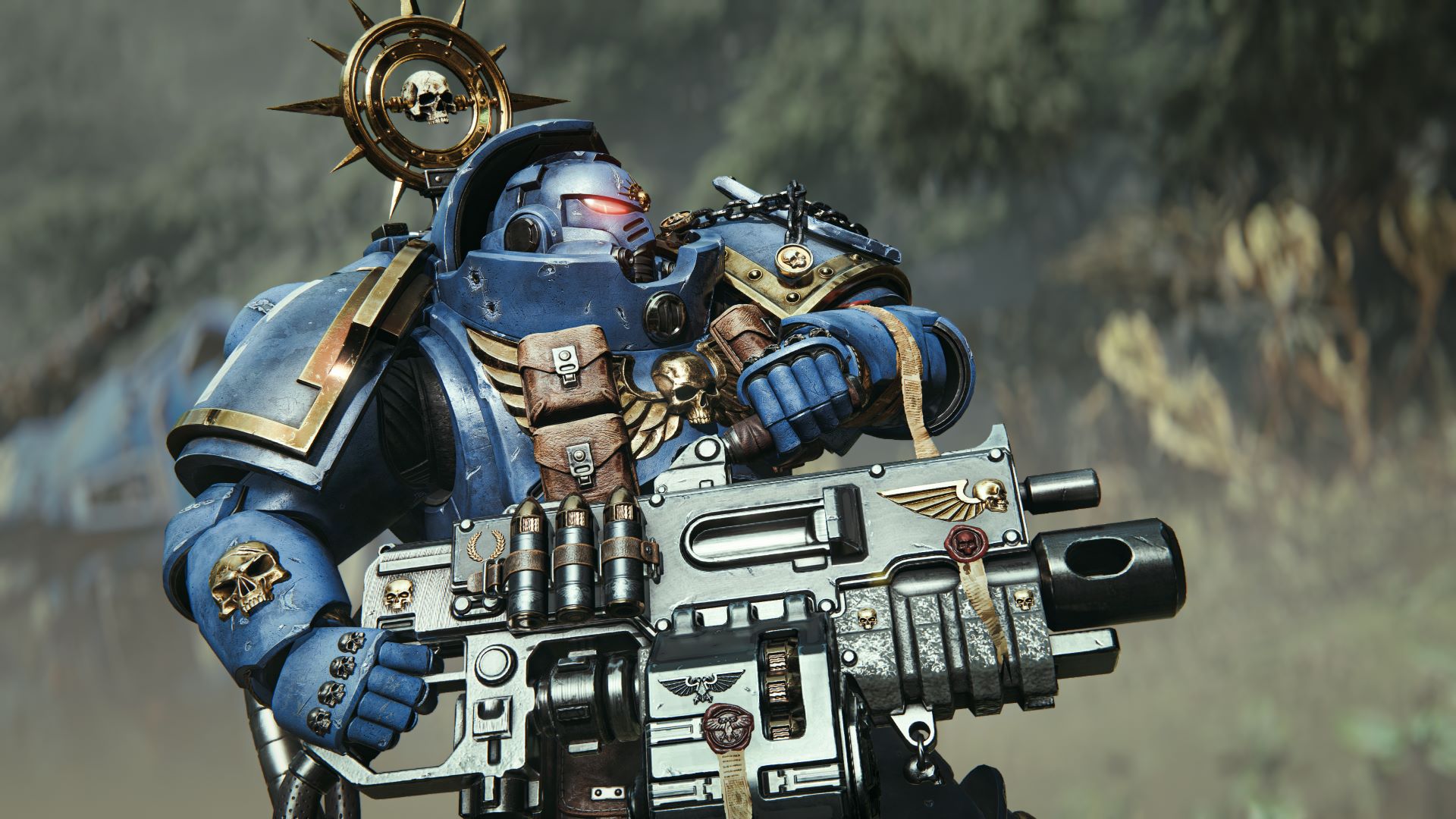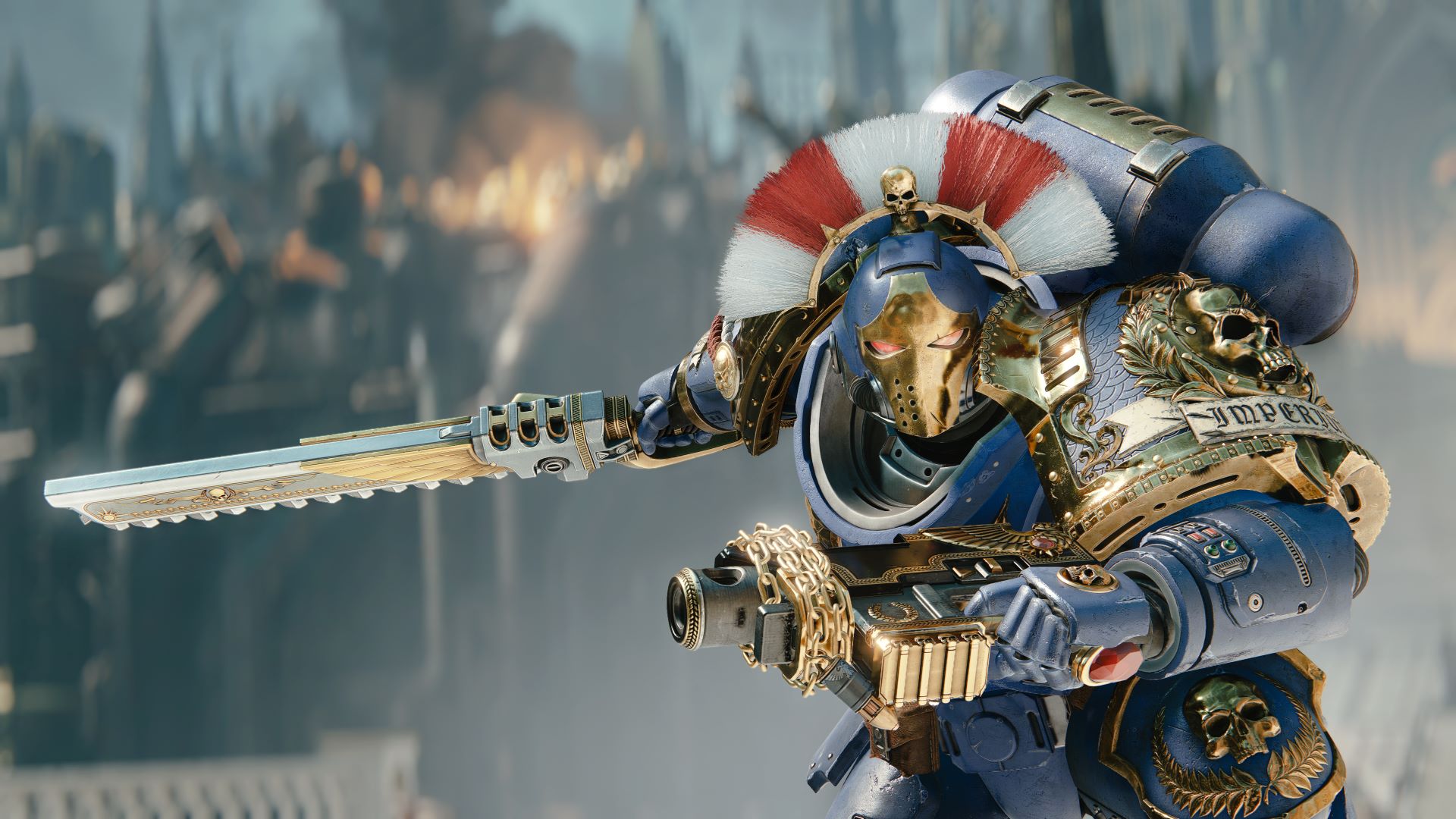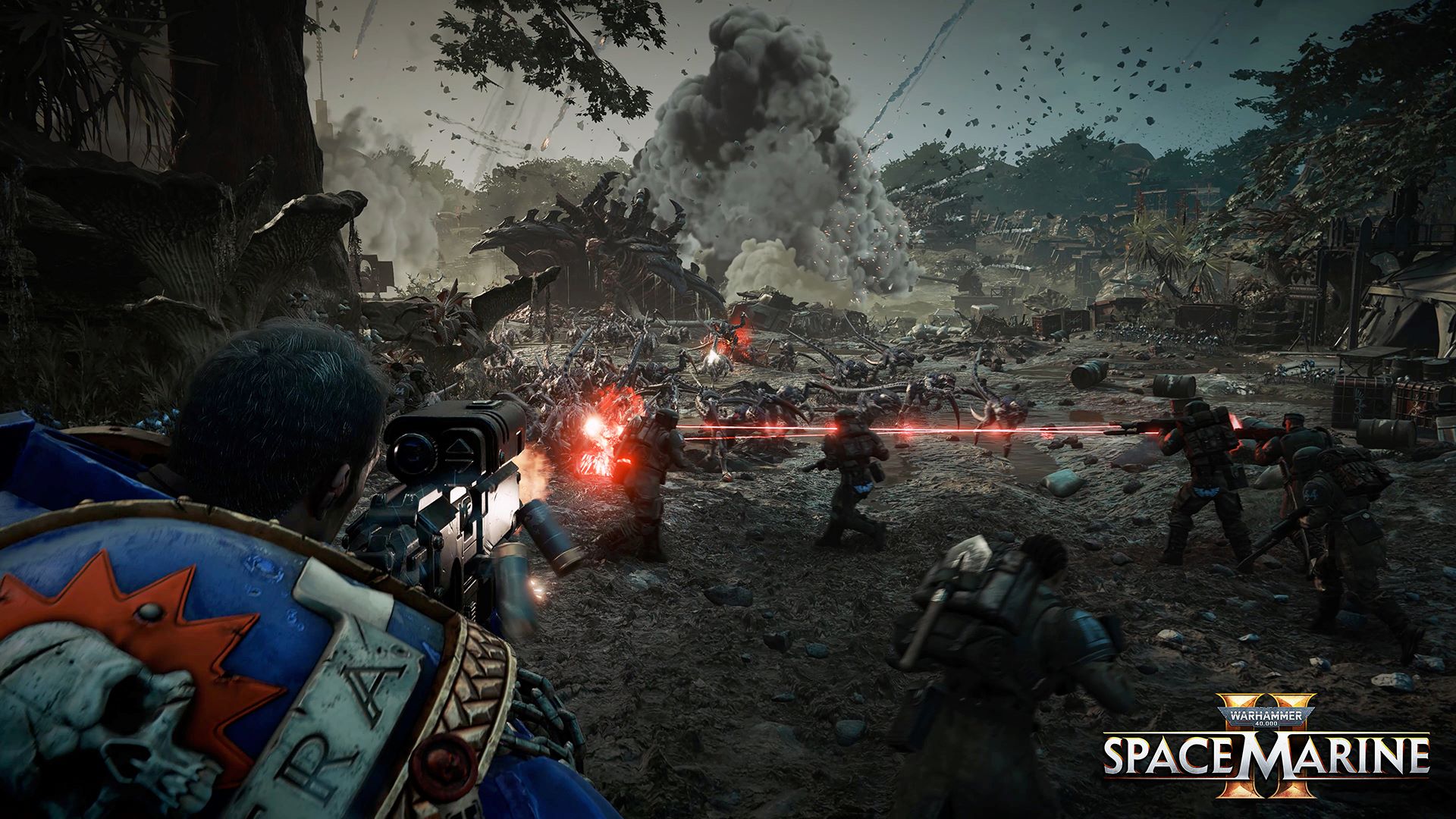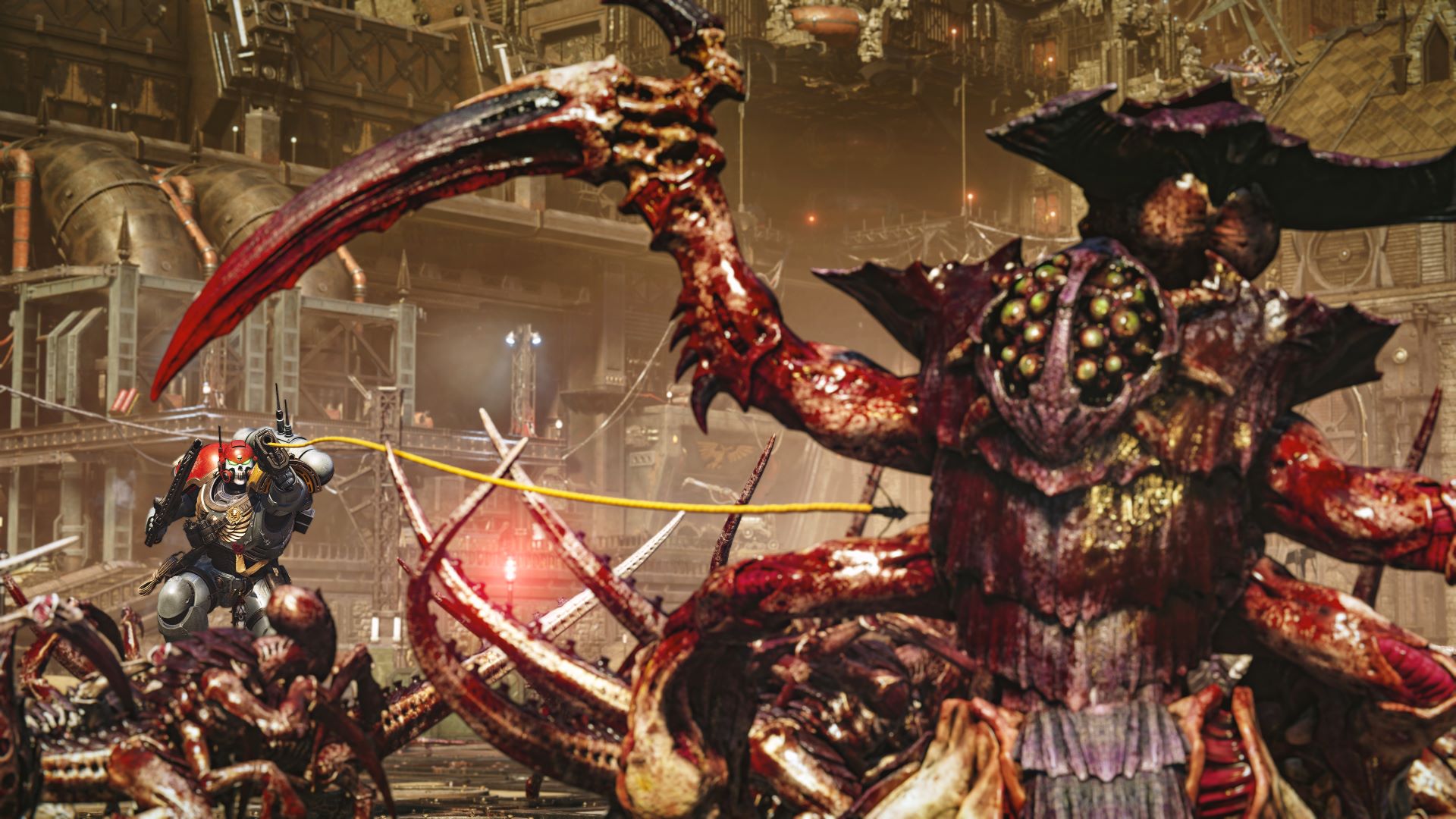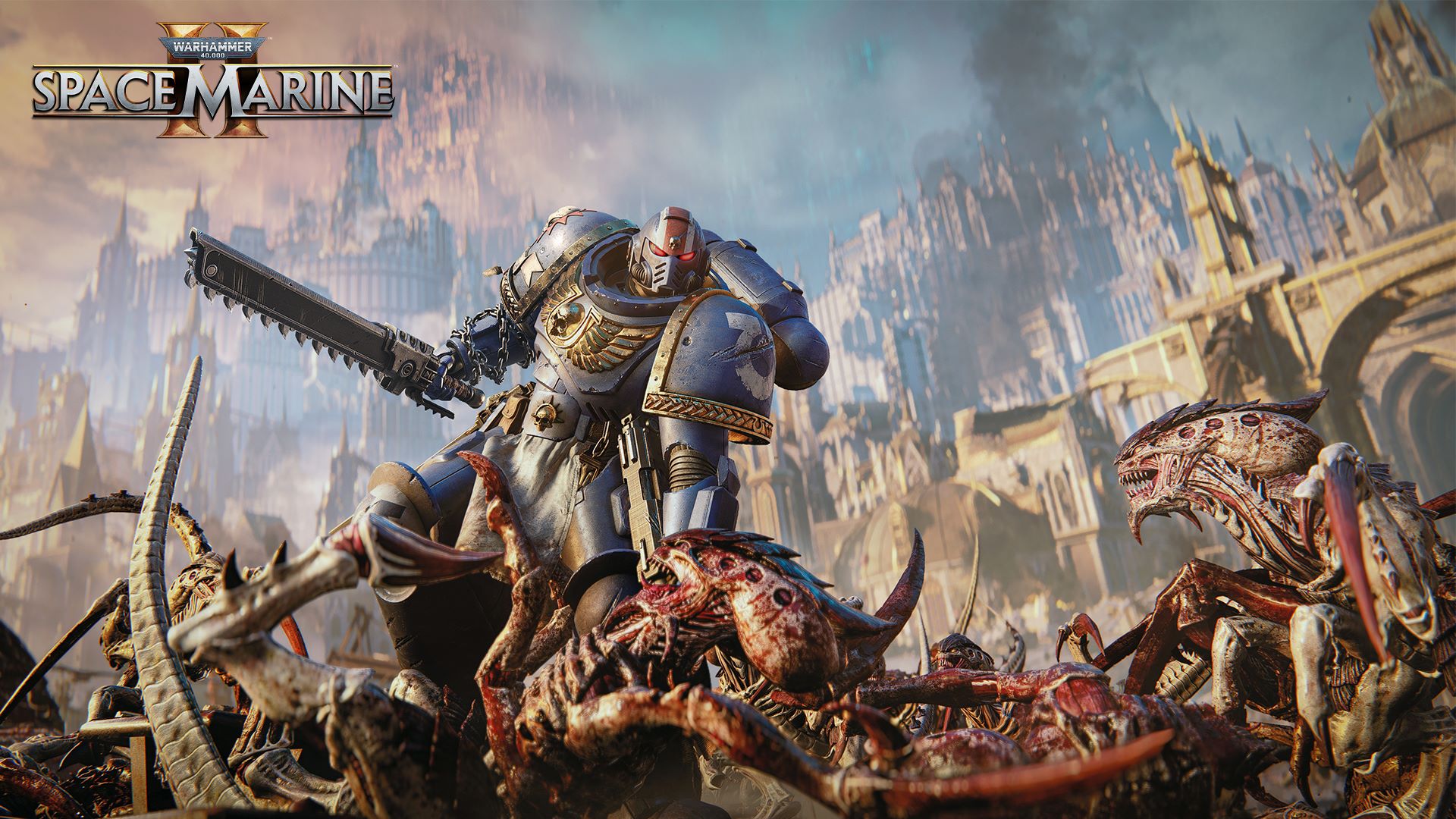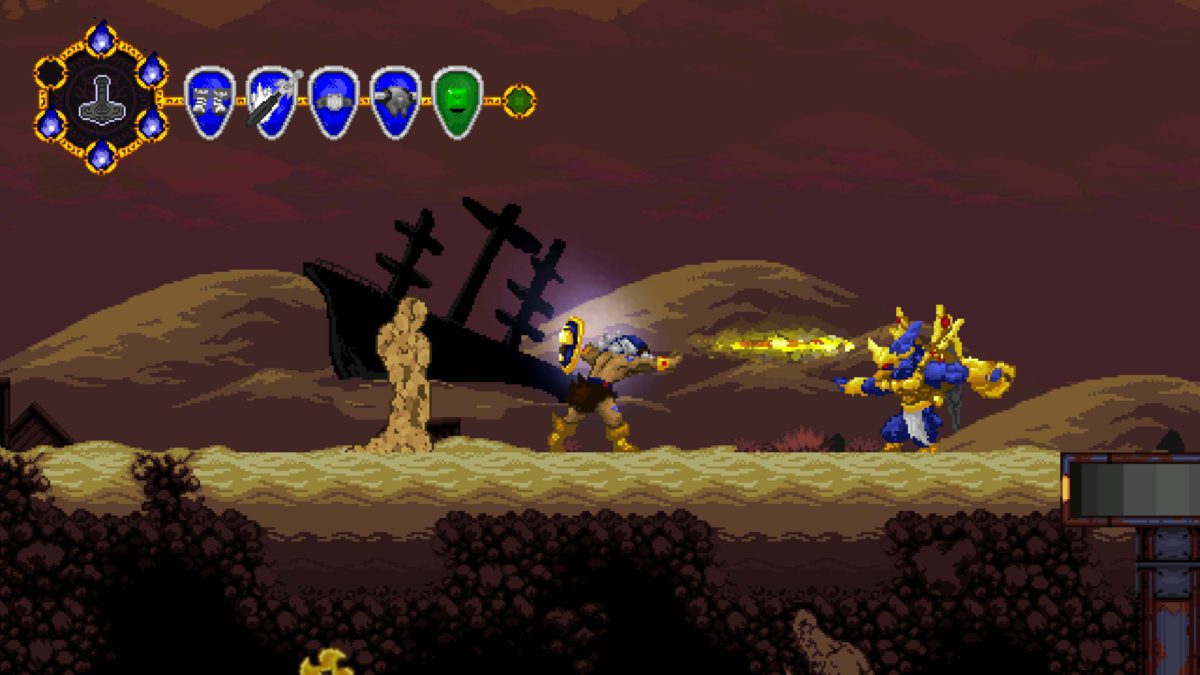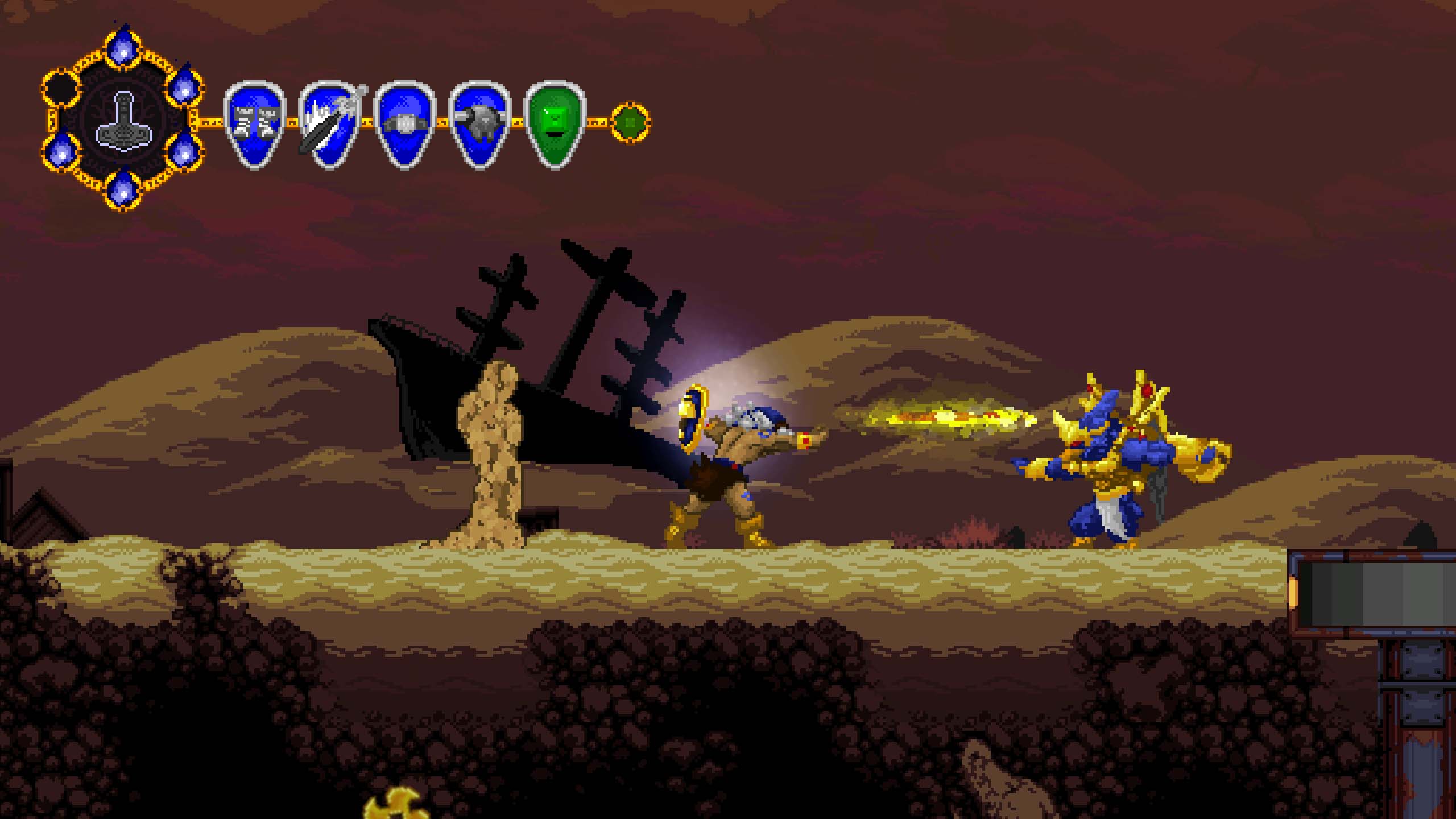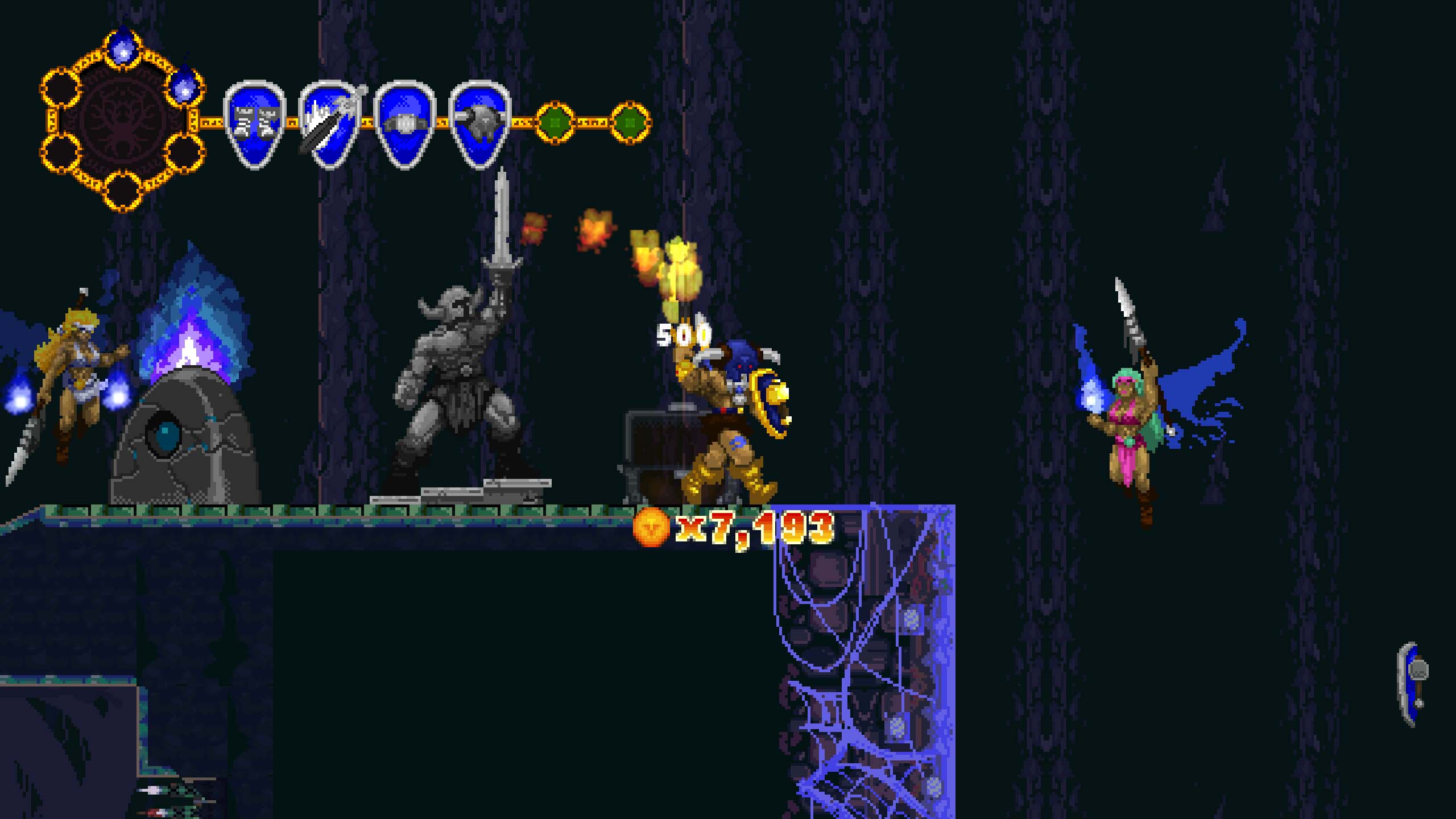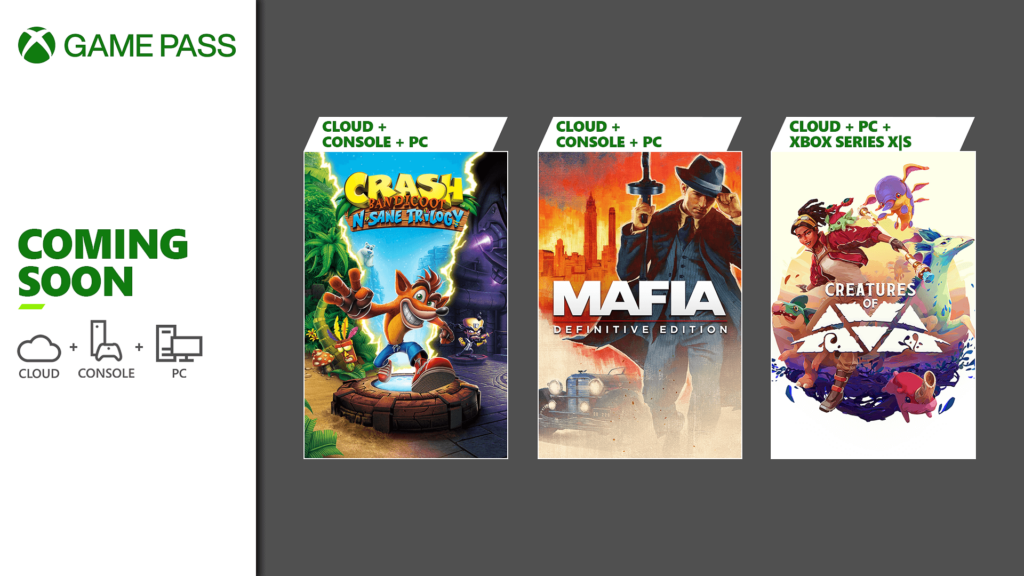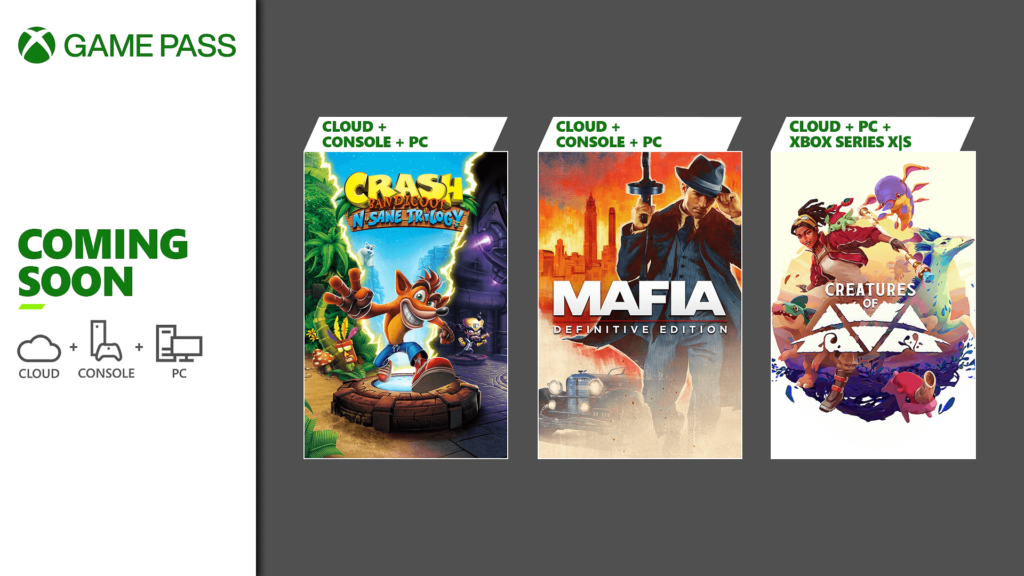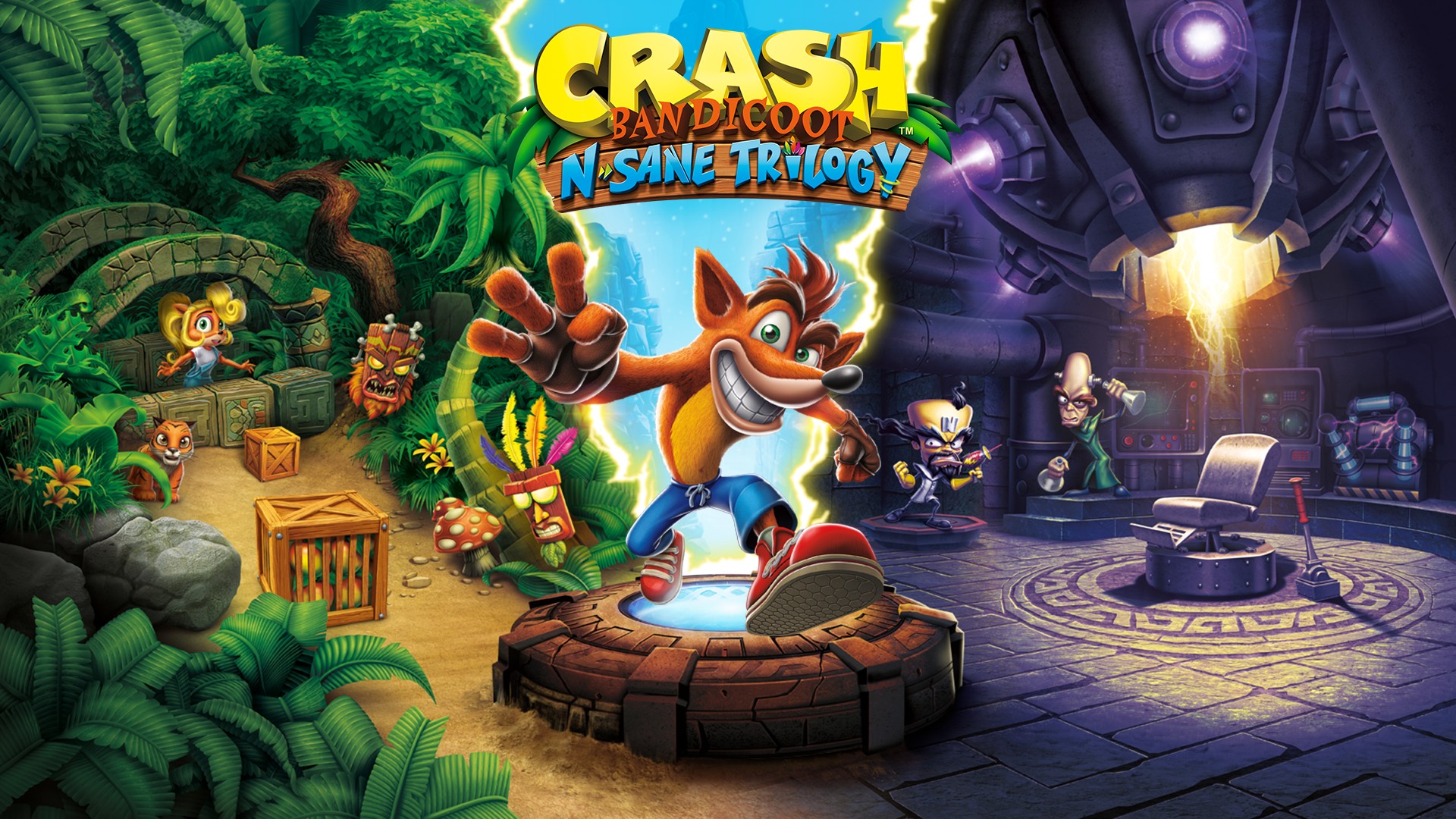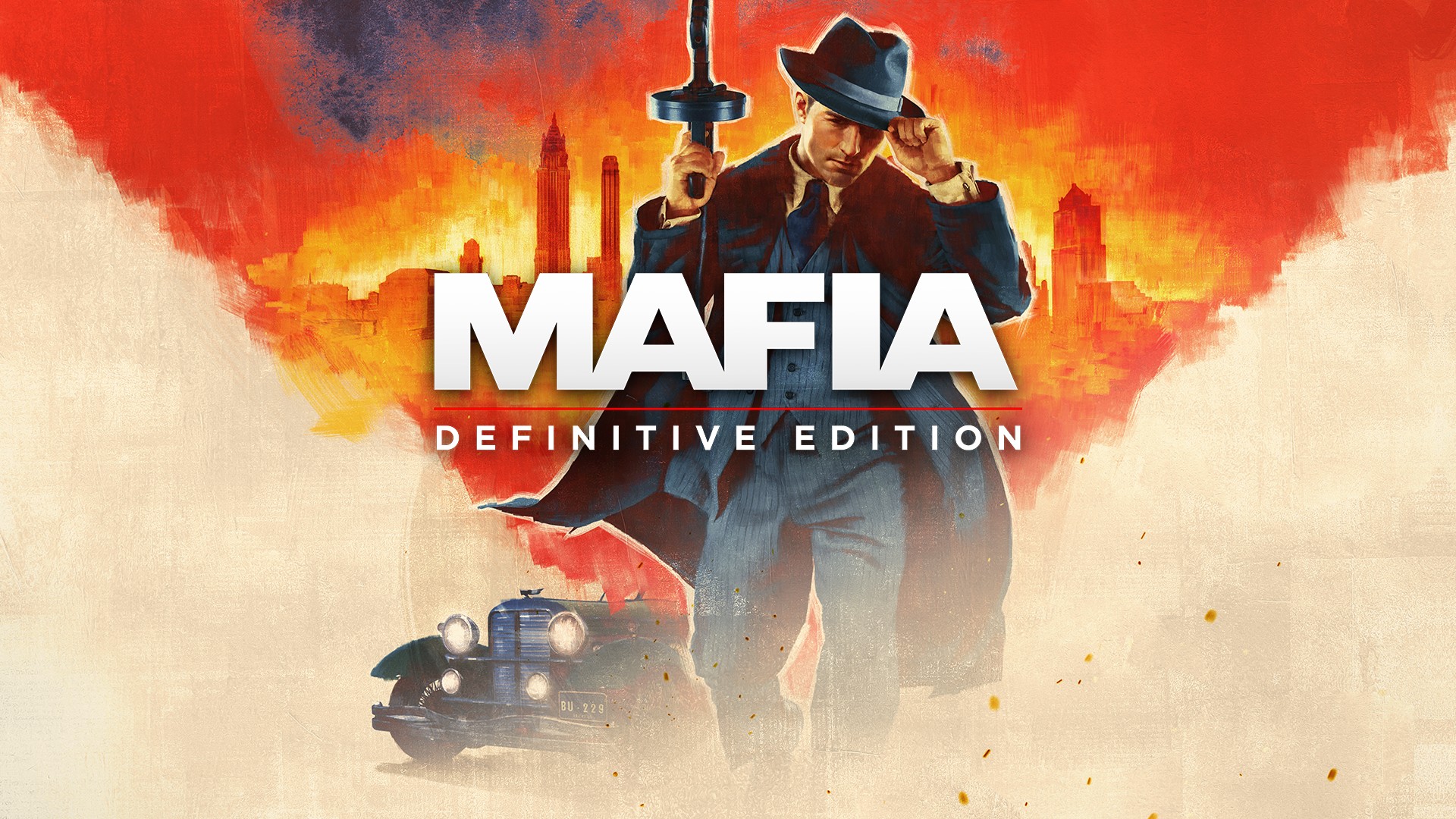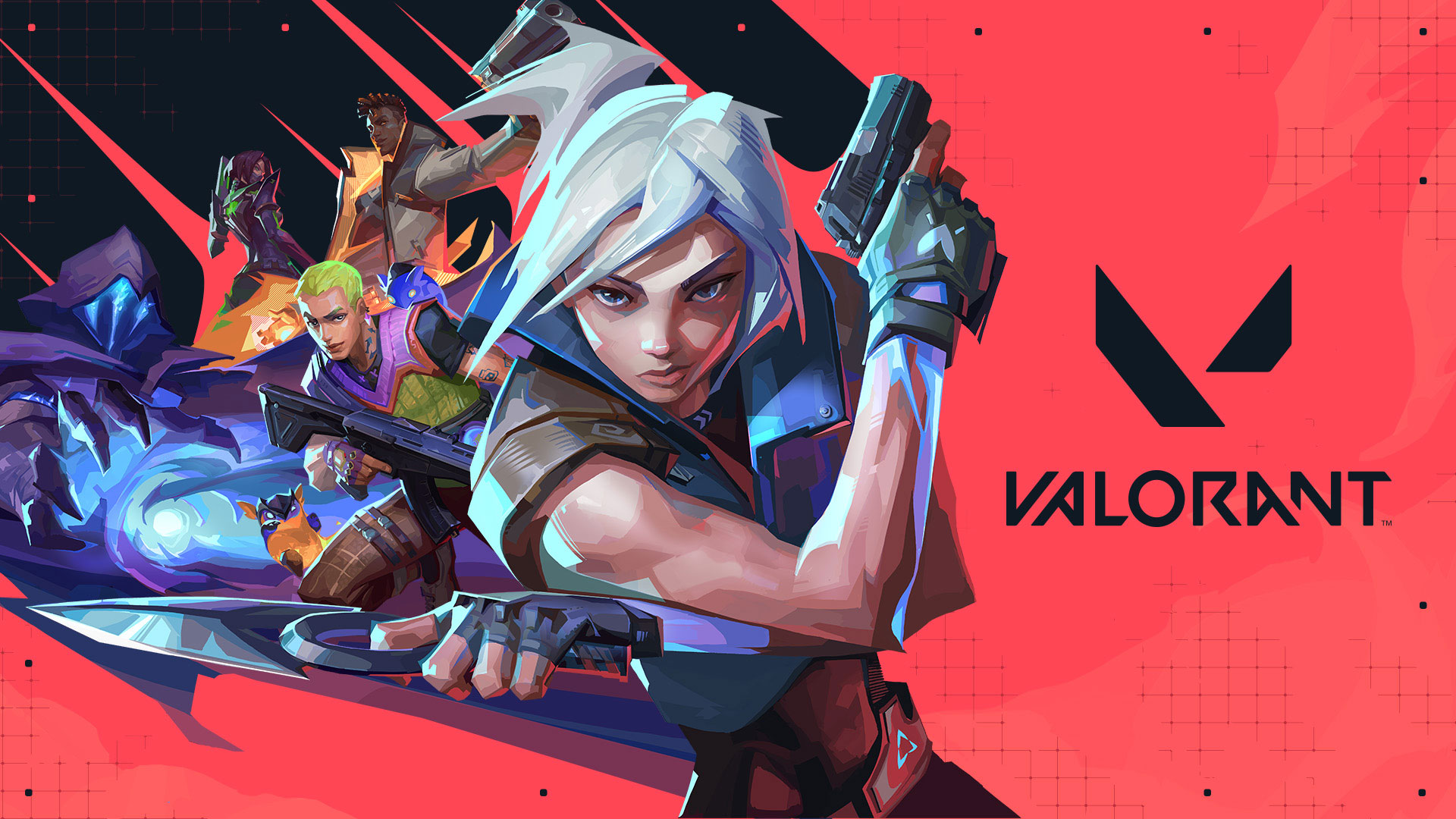Summary
- Explore games curated by Indigenous communities.
- Learn more about Sienna Gonzales’ inspiration behind the Xbox logo redesign for International Day of the World’s Indigenous Peoples.
- Discover how Xbox is bringing Indigenous storytelling into the digital age, transforming traditional narratives through gaming.
Indigenous cultures form a global mosaic, unified by the common thread of storytelling; the ancient tradition of preserving knowledge, explaining the unexplainable, and transmitting culture to future generations. While the stories are as diverse as the people who tell them, storytelling is an art that binds the past and present while carrying the essence of heritage and tradition through the ages, one that has evolved significantly throughout history—from ancient oral traditions to books, recordings, and visual mediums.
However, nothing has been as revolutionary as interactive storytelling. It immerses the audience directly into narratives, creating immersive and lifelike experiences. As we navigate the ever-changing digital landscape, video games have risen as a potent vessel for these narratives, offering a way to share these rich cultures that not only entertain but also build empathy and understanding. The medium breathes new life into ancient tales, ensuring they continue to echo and inspire across the world and foster unity across a global community. It’s a modern-day remedy to the erosion of language and tradition, a digital elixir that ensures the continuation of these traditions today and beyond.
Video games make the tradition of storytelling accessible at the touch of a button. When we include Indigenous creators from the start of their creation, video games have the potential to be a medium rich with tales that chart the cosmos, the earth, and the human spirit, into the hearts and minds of a new generation. In this way, the ancient art of storytelling is not only preserved but also perpetuated, ensuring its flames flicker brightly for generations to come.
GIVE
Gaming and Impact with Rewards
Rewards members in select countries can earn and donate points to organizations supporting Indigenous communities with Xbox. The organizations below will be available on the Rewards hub in the United States:
- AISES: AISES is a national nonprofit organization focused on substantially increasing the representation of Indigenous peoples of North America and the Pacific Islands in science, technology, engineering, and math (STEM) studies and careers.
- First Nations Development Institute: Our mission is to uplift and sustain the lifeways and economies of Native communities through advocacy, financial support, and knowledge sharing. We envision a world in which Tribal Sovereignty is upheld, and Native ingenuity and knowledge are honored and respected.
Xbox players can earn Rewards points in various ways, such as playing games, completing Game Pass Quests, and purchasing games and other eligible items at the Microsoft Store (exclusions apply). Start earning today and redeem your points for great rewards. Donate your points on the Rewards hub or on the Rewards redeem page.
PLAY
Explore Games Curated by Indigenous Communities at Microsoft
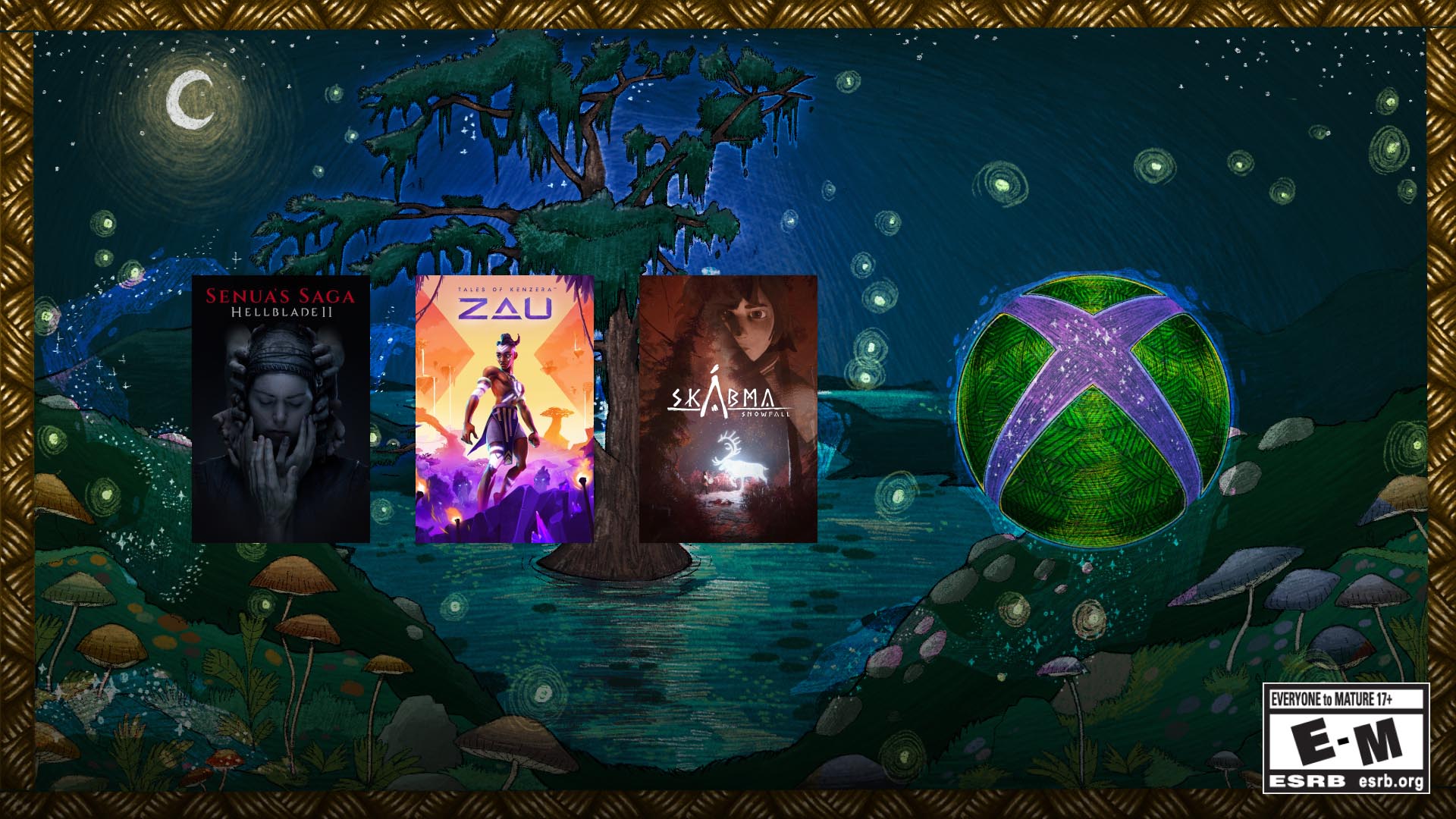
Throughout history, Indigenous peoples have passed down cultural, environmental, and spiritual knowledge with storytelling, art, music, and dance. The modern art of video games is no exception. Experience Indigenous stories in an even more immersive way with video games. During August and beyond, explore a variety of game collections spanning Indigenous creators, playable characters, and stories inspired by Indigenous cultures around the world.
Available through the Microsoft Store on Xbox and Windows, check out the Indigenous community games collection that will exist year-round as part of our ongoing work to create more inclusive gaming ecosystems and elevate content that resonates with communities. For Xbox Game Pass members, check out the first ever Xbox Game Pass Indigenous community collection and PC Game Pass Indigenous community collection.
Check out a few highlights from the full Game Pass collection on Xbox and the full PC Game Pass collection on Windows:
- Senua’s Saga: Hellblade II (Available with Xbox Game Pass on Console, PC, and Cloud) –Experience the world through Senua’s eyes and ears, as a Celtic warrior who experiences psychosis. Senua returns in a brutal journey of survival across 10th century Iceland, recreated from real locations in stunning detail. Senua’s hair, body paint, ornate jewelry and clothing are all designed based on historical findings from Pict warriors. Hellblade II blends realistic historical accuracy, inspiration from Celtic and Norse mythology, and a complex main character to create a unique story of redemption.
- Tales of Kenzera: ZAU (Available on Console) – Created by Abubakar Salim, discover the story of Zau in this action-platformer set in Kenzera, a fantastical realm inspired by Bantu tales and legends that Salim was told by his family. Play through Zau’s journey of grief, based not only on lore from Bantu, but on Salim’s own loss of his father. Salim put a lot of his personal experiences into the game, including the role of Zau as a shaman being based on his grandfather, who was a Nganga (a spiritual healer) in Kenya.
- Skábma – Snowfall (Available on Console) – Skábma – Snowfall is a never-before-seen representation of indigenous Sámi stories and culture inspired by the beliefs and folktales of indigenous Sámi people. You play as Áilu, a young Sámi whose ordinary reindeer herding day turns into an adventure. As you play through Skábma – Snowfall, learn the old ways of the Noaidis, the Sámi Healers. Harness the powers of the Noaidi Drum and the Familiar Spirits to fight against a disorder spreading across the land in this beautiful 3D adventure game based on legends.
DISCOVER
Sienna Gonzales’ Shares the Inspiration Behind the Xbox logo Redesign

For International Day of the World’s Indigenous Peoples, Xbox commissioned artist Sienna Gonzales, who is a Mexican and Chitimachan artist and also part of the LGBTQIA+ community. Her family, part of the Chitimacha Tribe, are from the land we now call Louisiana. In redesigning the Xbox logo, Sienna was inspired by the vibrant colors, intricate details, and dynamic composition that evoke the punchy, upbeat rhythm of Southern jazz.
Magical plants sway in the humid air, their movements echoing the heartbeat of the bayou. At the center of this scene stands an enchanted cypress, a centuries-old tree that serves as a life force for the entire ecosystem. The frame of this artwork pays homage to her tribe’s tradition of rivercane basket weaving. The tree itself is a key symbol of her tribe’s flag, representing the Sacred Cypress Tree of the Chitimacha. Her artwork serves as a powerful reminder of the magic that is possible when we protect the earth and treasure the interconnectedness of all living things.
Sienna shares her connection to her heritage, saying, “Although time and distance have somewhat eroded our cultural connections, my grandmother, mother, and I have preserved our sense of identity through our deep bond with nature. My family is full of gardeners and plant lovers, and I feel most grounded when I’m outdoors. Food is also a profound way for me to stay connected to my roots. Growing up, I cherished my grandmother’s homemade gumbo – I’ve never had the heart to try any other kind.” For Sienna and other Indigenous peoples, days like IDWIP are essential reminders that they still exist and that their cultures are vibrant and worthy of celebration. Sienna says, “I use this day to honor not only my experiences but also the experiences of those who came before me; the happiness, the pain, and the immense struggles they faced. I celebrate them both joyfully and somberly, recognizing the depth of their legacy.”
Sienna shares that creating artwork like this reconnects her to her heritage and gives her a space to celebrate unique aspects of her culture. To other Indigenous people, Sienna says, “It’s never too late to learn your culture’s language, recipes, and practices. Embracing and preserving these elements not only honors our past but also enriches our present and future.”
Check out more of Sienna’s work at her website, Somewhere in June.
Xbox Ambassadors

The Xbox Ambassadors Program is recognizing International Day of the World’s Indigenous Peoples by spotlighting members of the Xbox Ambassadors community who responded to a recent survey about their experience as gamers. Read the Xbox Ambassadors blog to hear community members sharing favorite gaming experiences, recommending games featuring Indigenous Peoples and stories, and offering tips on how to stay safe when gaming online.

“Recently I was involved in a study, and in that study one of the main characters was of indigenous background and had long hair. It was the first time I’ve seen that and it was amazing to experience that moment.” – KingSludgy
Wallpapers and Dynamic Backgrounds
The International Day of the World’s Indigenous Peoples Xbox design is available today as an Xbox wallpaper and dynamic background on console – follow these steps to apply the dynamic background:
- Press the Xbox button on your controller to open the guide.
- Select Profile & system > Settings > General > Personalization > My background > Dynamic backgrounds.
You can choose between Games, Xbox, or Abstract dynamic backgrounds. Choose the background art that you want with the A button.
The post Xbox: A Modern Canvas for Indigenous Storytelling appeared first on Xbox Wire.

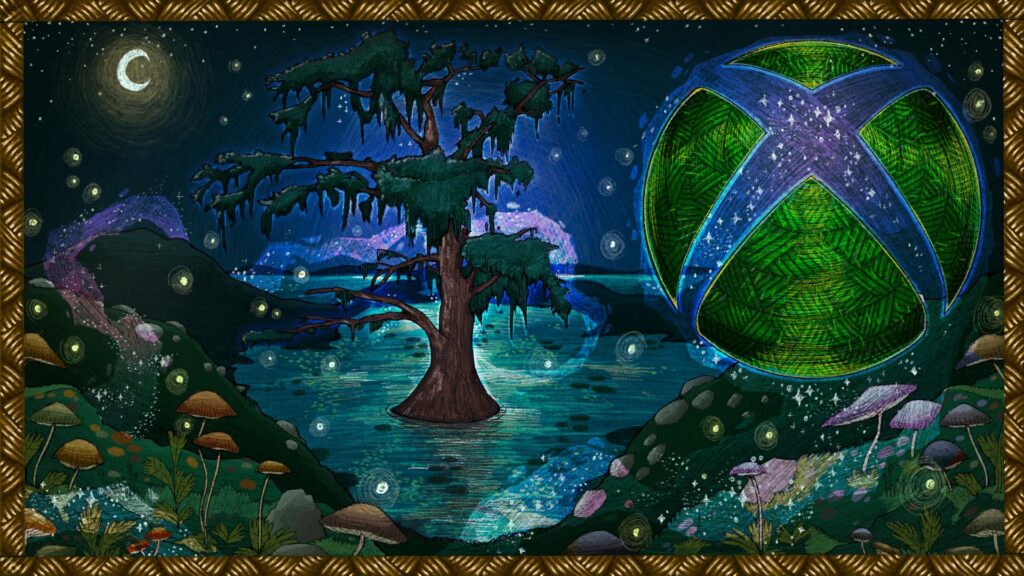
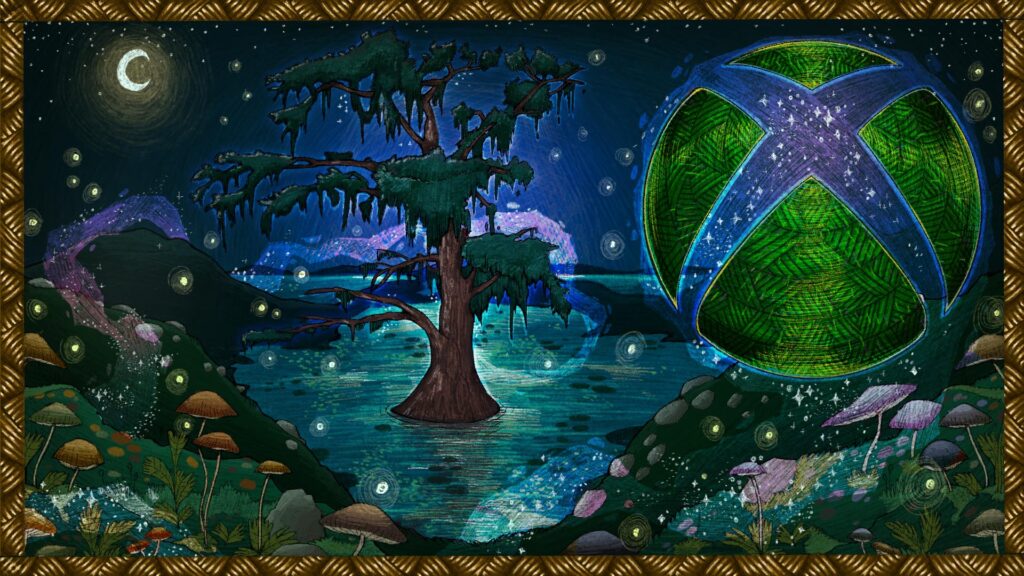
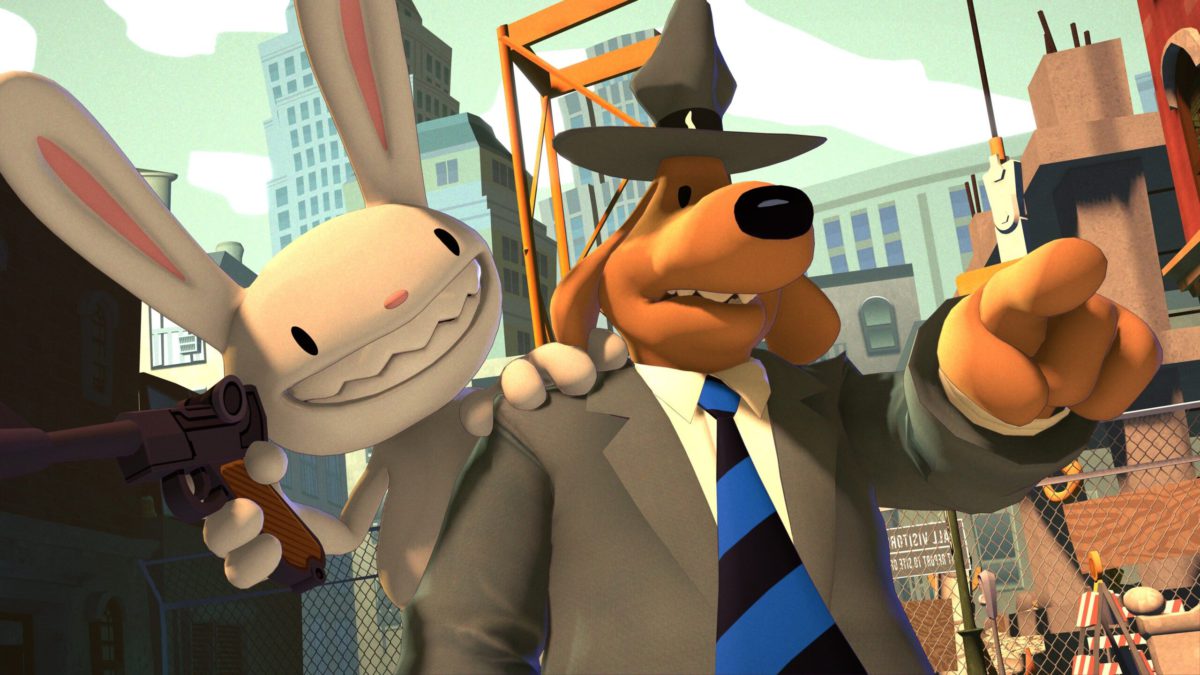
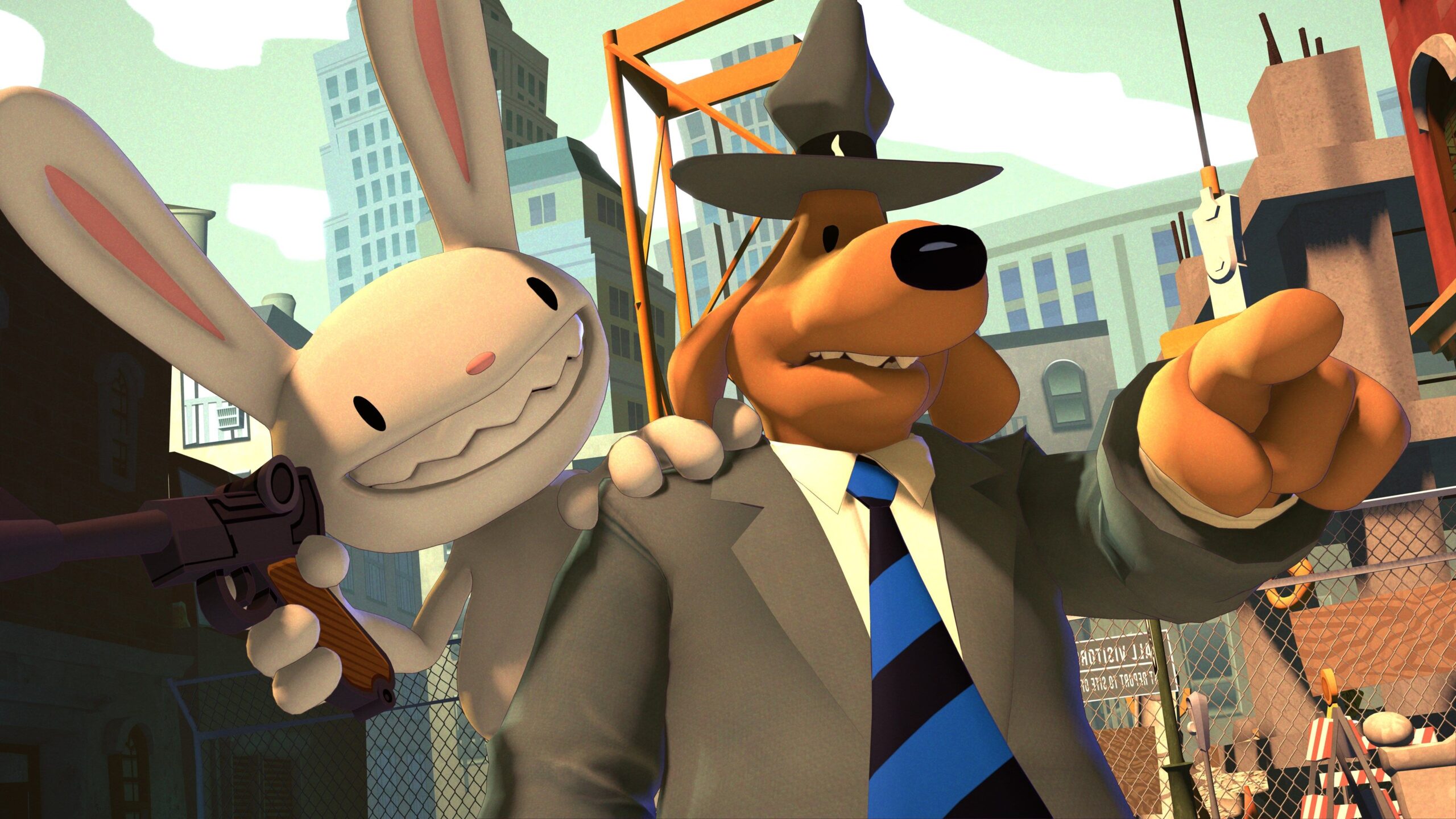


















 Madden NFL 25 Standard Edition
Madden NFL 25 Standard Edition


